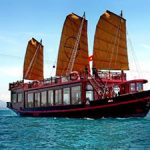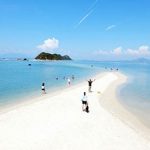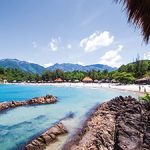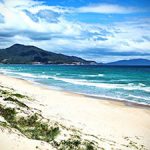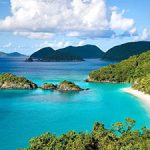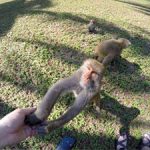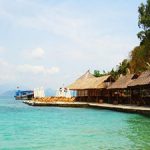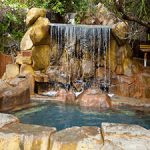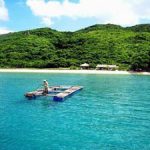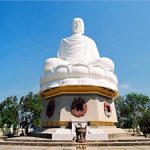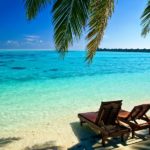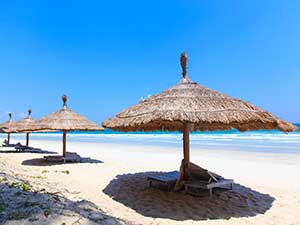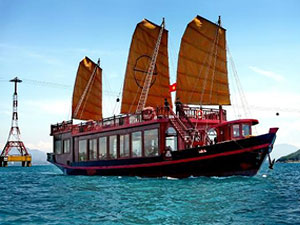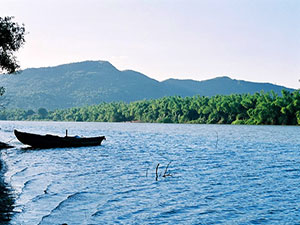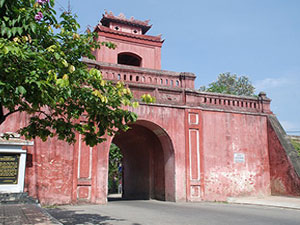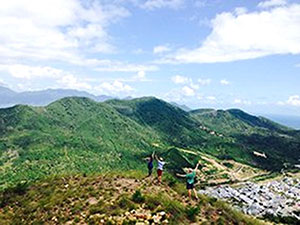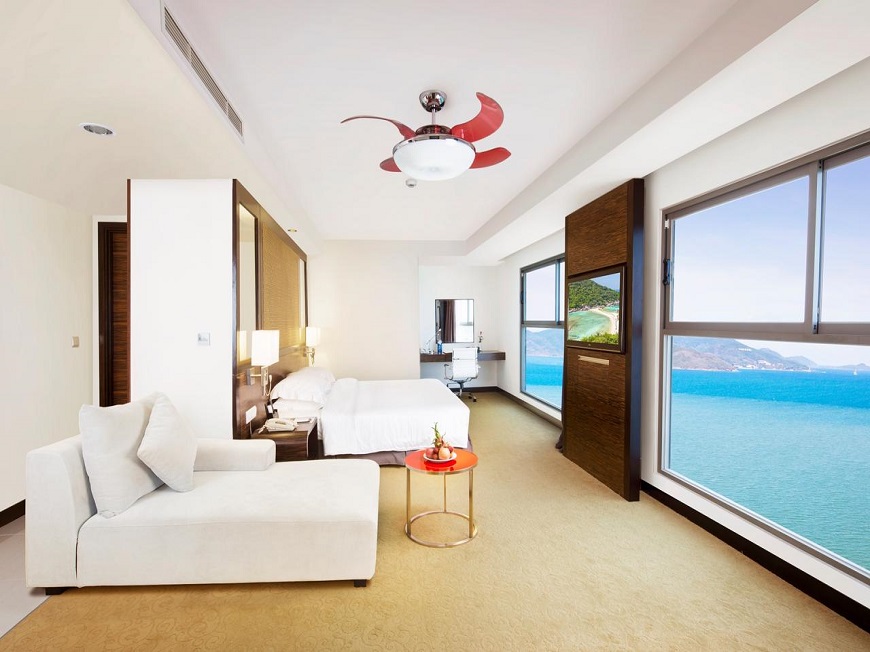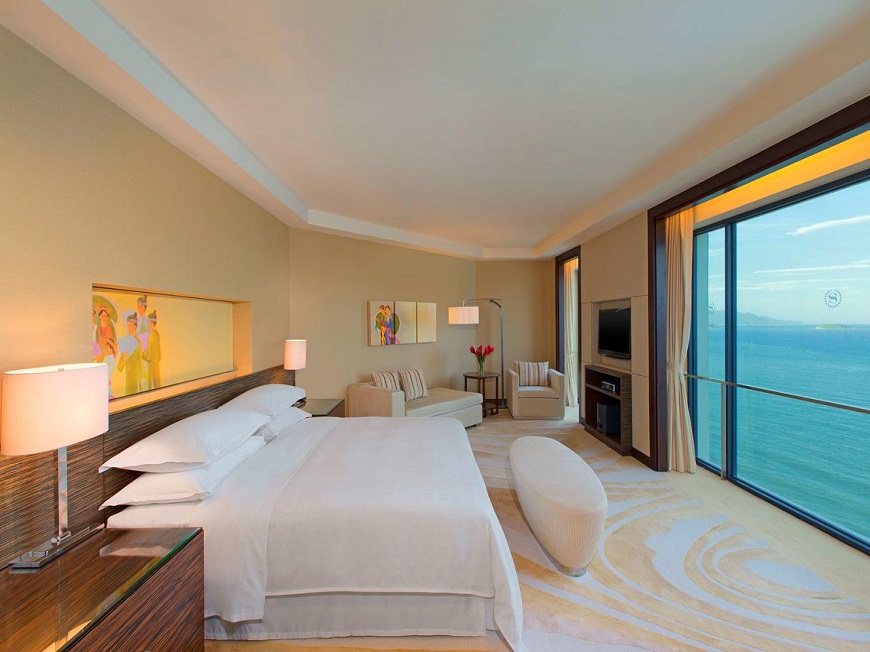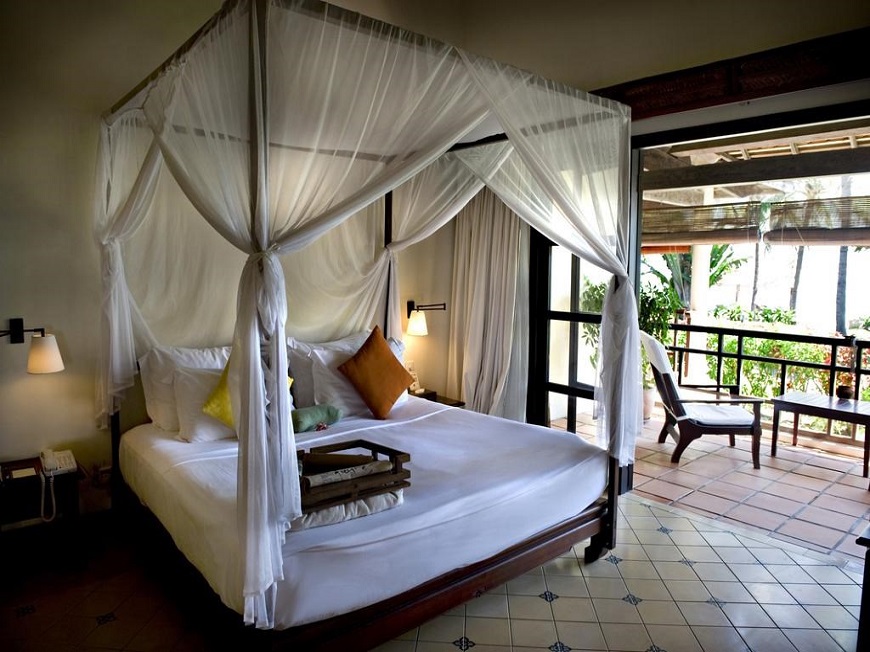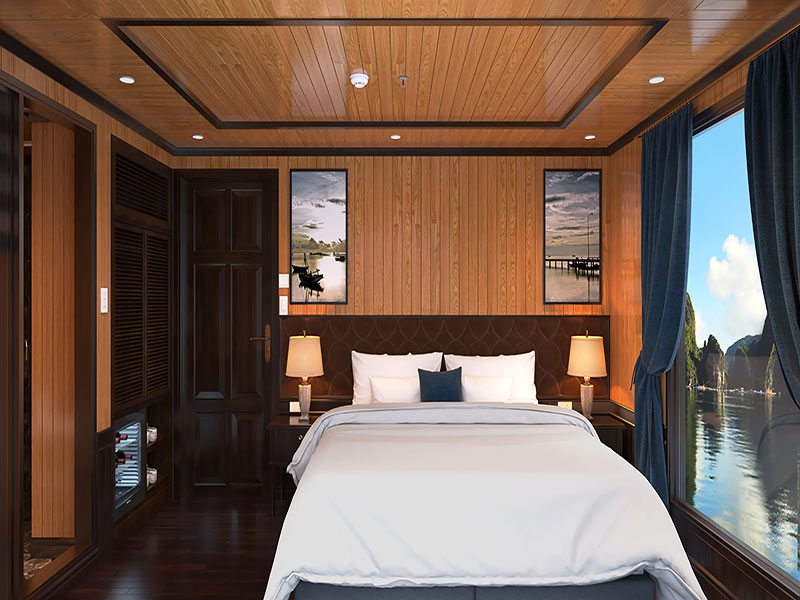For tourist coming to Nha Trang at least once, the most interesting sightseeing that leaves unforgettable experiences about the true beauty of ocean is the Institute of Oceanography in Nha Trang. Tourists not only have opportunities to learn, open their mind with variety of beautiful marine species, even some rare species preserved here.
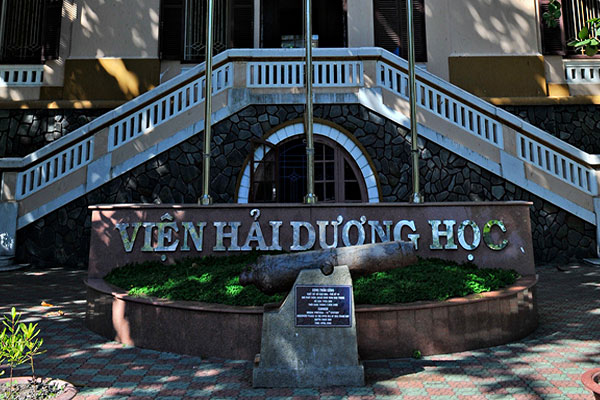
The Institute of Oceanography located at the number 1, Cau Da, Nha Trang (Khanh Hoa) built by the French in 1923 with an area of about 20 hectares located near the deep sea,is well-known destination not only for tourism but also the ideal place to research on Vietnam marine species. For sure, tourists came here at the first time cannot cease their surprises about some unique features of the institute. Specifically, the symbol of the Institute of Oceanography Nha Trang is extremely poisonous Mao Tien fish.

Reminded to the Institute of Oceanography Nha Trang, the Sea Life Museum perhaps plays the decisive role contributing to the significant difference of the Institute, with more than 20,000 specimens of more than 4,000 kinds of marine life collected, preserved for many years. Especially, when coming to the Institute of Oceanography, they able to witness the live specimen raised in the glass tank. Especially, there are hundreds of rare marine species being preserved here such as sharks, sea turtles, eels, queen fishes, lobsters, demons, and seals.
For example, knifefish, the ocean life lives in the flock, and their heads pointing downwards as they swim to help them camouflage, sheltering in coral reefs or seagrass beds. When in danger, this kind of fish moves their bodies in a horizontal direction at surprising speed.
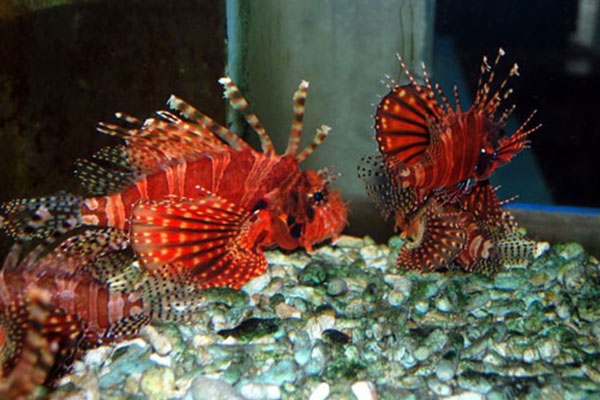
Also, tourists can open their mind with strange kinds of fishes in the Vietnam ocean like fish with thick lips, and the surprising feature to adapt with different climate patterns, for instance, color changes depending on the development of each stage. Another surprise is that more adult species live at a depth of about 30 meters, and their main food was silkworms and some starfish species. Fish with thick lips – fish with very thick lips, color changes depending on the development of each stage. Adults live at a depth of about 30 meters, the main food being krill, silkworms and some starfish species. Tail-billed goby is a gentle fish, living in coral reefs, lagoons or bays. This fish size is small, living in the herd, and growing up in pairs.
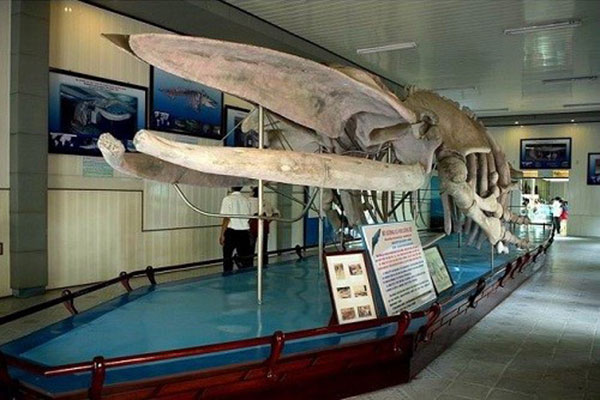
Beside the diversity in ocean life discovery, the Institute of Oceanography also explored and reserved some national relics that belong to the development and extinction of ocean life. The humpback whale bones were excavated by the people of Hai Cuong Commune (Hai Hau, Nam Ha Province) on December 8, 1994 while digging ditches for irrigation. Bones buried deep in the field about 1.2m and 4km from the sea. The skeleton length is 18m with a weight of about 10 tons.
Let’s come to the Institute of Oceanography Nha Trang to dive in the magical life of Vietnam ocean!


